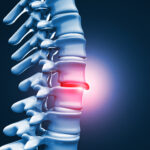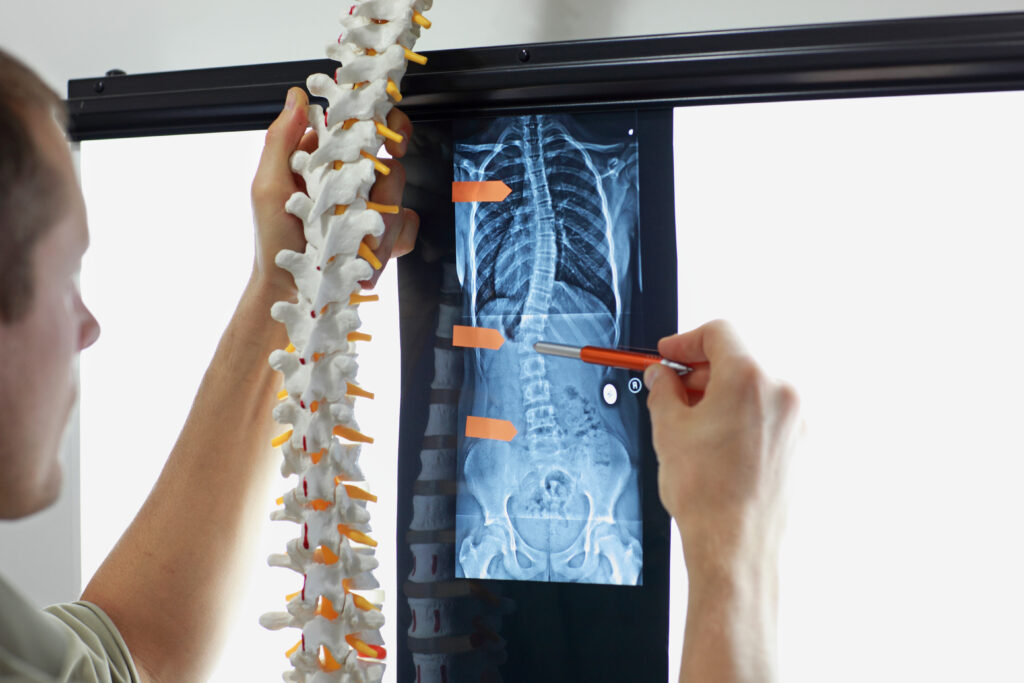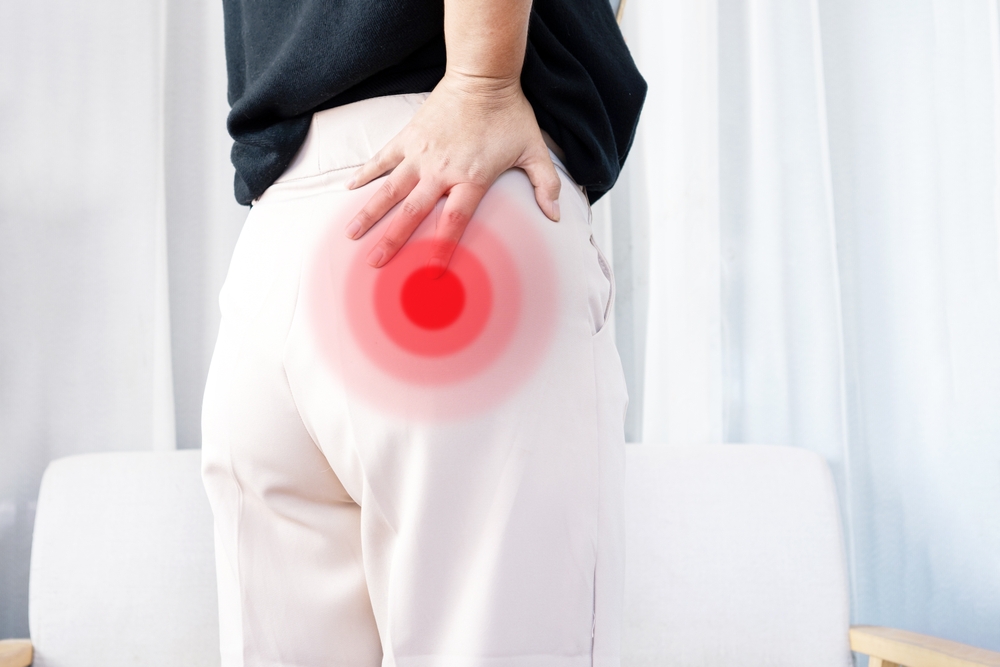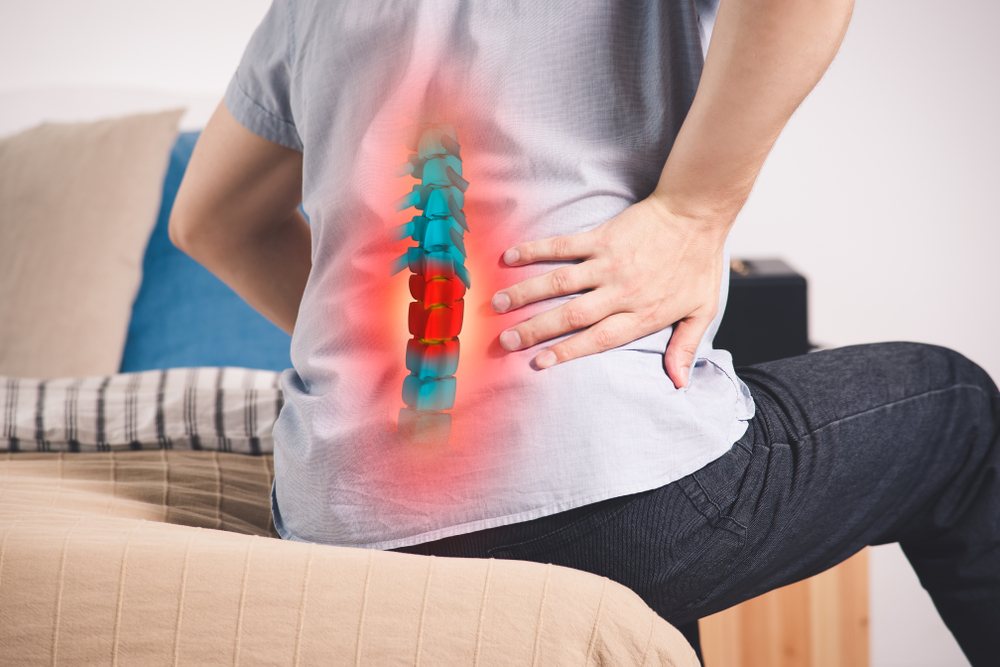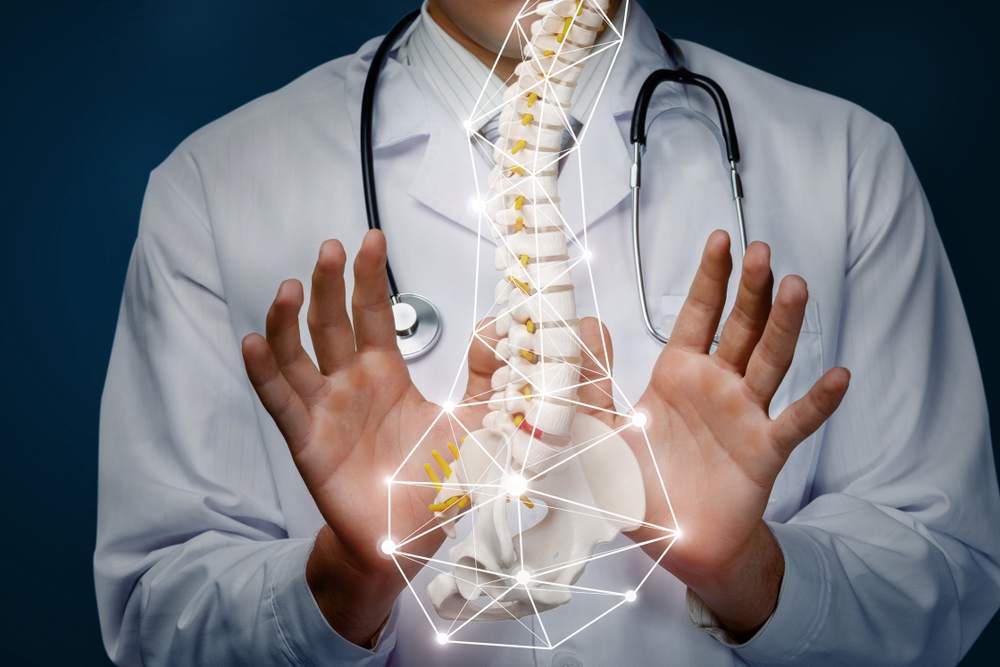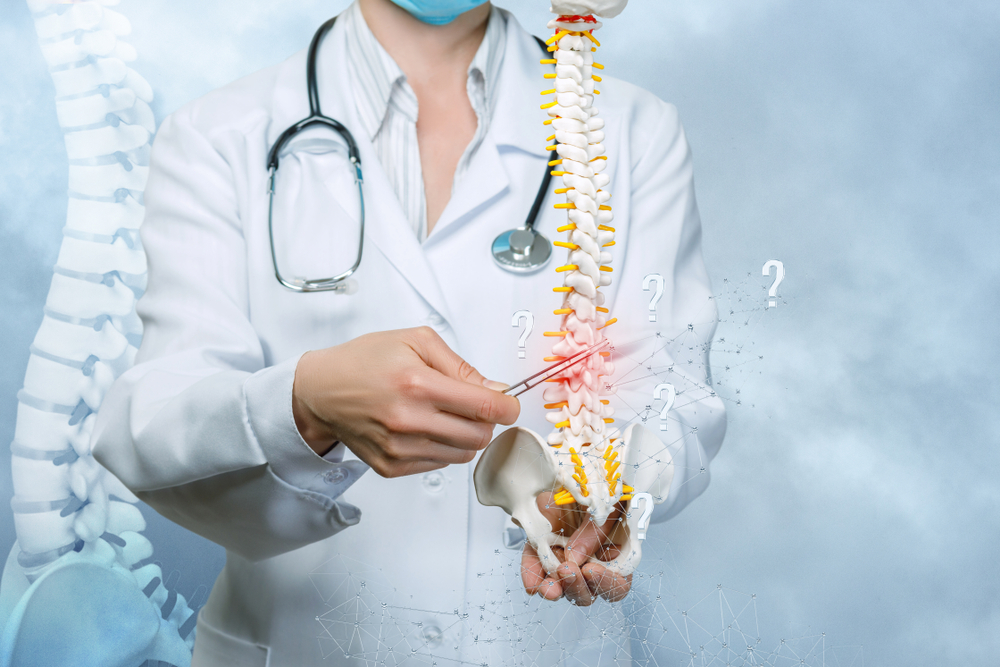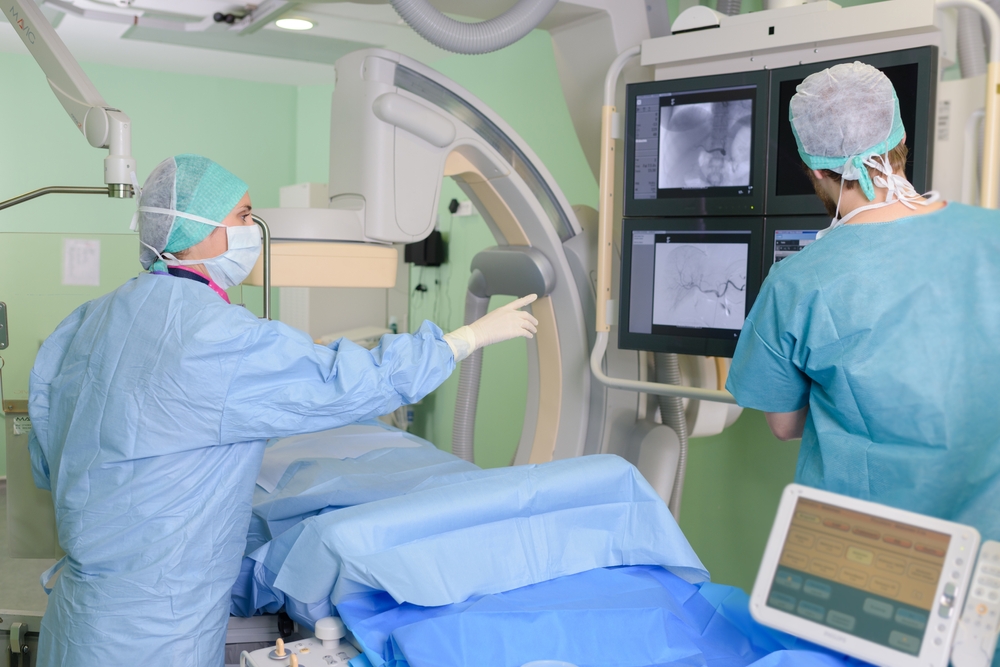
Sacroiliac Joint Fusion (SI Joint)

Sacroiliac joint fusion is a surgical procedure aimed at addressing chronic pain and instability in the sacroiliac joint, which connects the spine to the hip in the pelvis. This surgery is considered for individuals experiencing persistent lower back, buttock, or leg pain attributed to sacroiliac joint dysfunction or degeneration.


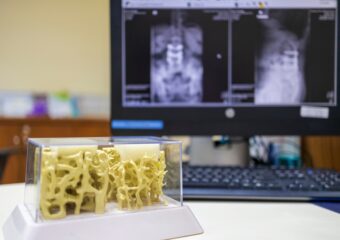
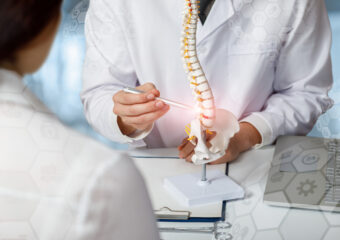
During sacroiliac joint fusion, the surgeon works to create stability by connecting the iliac bone of the pelvis to the sacrum, the triangular bone at the base of the spine. This is achieved by placing bone grafts or implants across the sacroiliac joint to promote the fusion of joint surfaces.
Various techniques can be employed for sacroiliac joint fusion, including open fusion, which involves a larger incision for direct access, and minimally invasive fusion, which utilizes smaller incisions and specialized instruments for potentially faster recovery. The decision to undergo sacroiliac joint fusion is typically made when conservative treatments, such as physical therapy or medications, have proven ineffective. The surgery aims to stabilize the joint, reduce pain, and enhance overall spine and pelvis function.
Book An Appointment
"*" indicates required fields

